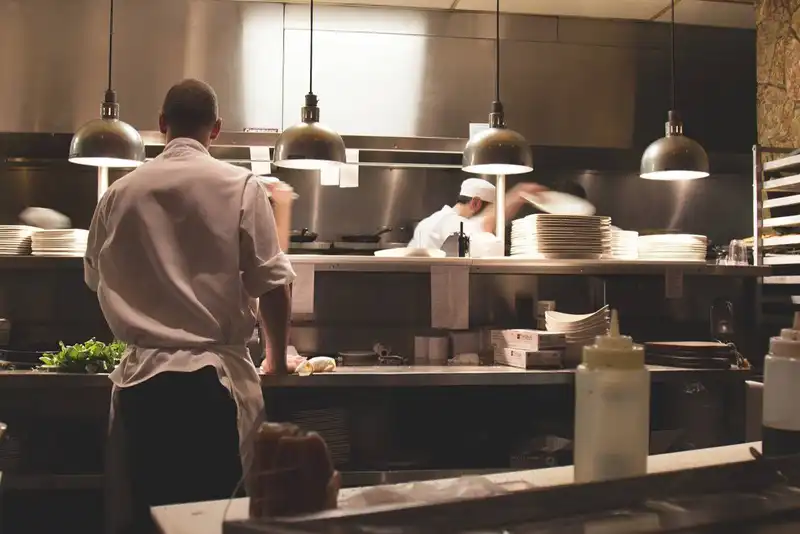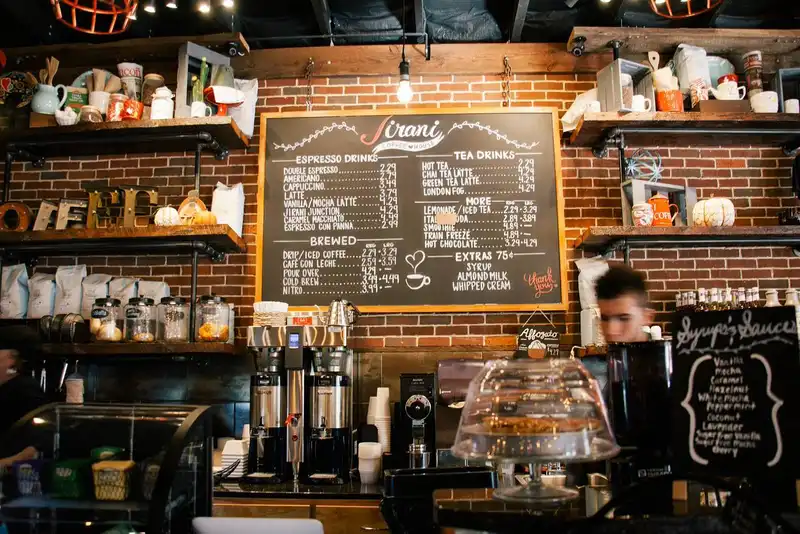8 Paths to Revenue Growth with Restaurant Analytics
8 Ways to Improve with Restaurant Analytics
The restaurant business continues to capitalize on big data and data analytics to extract valuable insights that help make better decisions. With all of the valuable restaurant data available on a POS system, owners can gain real-time visibility into sales and customer service.
Furthermore, online reviews and social media data provide actionable insights into customer behavior and preferences. There are endless possibilities for a restaurant chain that values data collection and analysis.
But what exactly does restaurant analytics even mean? Analytics refers to all of the POS data, social media data, and any other raw data a restaurant uses to optimize decision-making.
In the digital age, all information is relatively easy to gather with the correct business intelligence tools. Analysts can present this data with the use of graphs and charts to owners so they can make long-term plans that increase revenue.
Here are some of the top ways many restaurants are using data to improve operations-
1. Restaurant Analytics Can Streamline Table Turnover
Every restaurant owner knows how important it is to provide a good customer experience. Effective POS systems can help the ordering process and provide tabletop payment.
This allows patrons to enjoy a night out and revisit the restaurant at another time. Because restaurant analytics improves ordering and payment processing, servers can assist more patrons. This streamlines table turnover without rushing customers, which improves customer loyalty.
2. Restaurant Analytics Eliminates Food Waste
A POS enables an owner to optimize inventory management and control the flow of food. It ensures staff is held accountable for their cooking and delivery of menu items to patrons.
This helps to prevent food waste, control the bottom line, and optimize the reordering process. Many software solutions also help owners control portions, customize items for patrons, and enhance the overall guest experience of dining out.
3. Restaurant Analytics Improves Labor Costs
Businesses always grapple with labor costs because they constitute such a large part of overall revenue. The restaurant industry is no different. With new restaurant technology available, owners can finally drill down into wait staff performance data.
This helps to maintain workplace accountability. It also offers statistical evidence that an employee is not meeting objectives, so an owner doesn't have to use guesswork. Restaurant analytics also enables owners to see which nights are busier than others so they know when to schedule more workers.
4. Restaurant Analytics Minimizes Discounts and Compensations

While it doesn't seem as though a few compensations are that expensive, they add up over time. If servers aren't charging patrons for the food that they eat because they happen to be friends, the owner deserves to know.
Restaurant analytics can help monitor exactly which food is compensated and which isn't. Owners can then work with employees who offer too many compensations and hold them accountable.
5. Restaurant Analytics Handles Turnover
Turnover is expensive. Not only does it cost money to onboard and train new workers; it's detrimental to morale. While it's never easy to handle turnover, restaurant analytics can prevent some of it.
Software functionality that optimizes floor layout and modifies the servers who manage specific table sizes can improve the employee experience. This will also improve productivity and ensure patrons receive the best customer service possible.
6. Restaurant Analytics Tracks Performance

Restaurant reporting tools and business data optimize onboarding, pinpoint employees who perform well, and improve shirt scheduling. Owners can discover strengths and inefficiencies through the use of sales data. They can also use data analytics to identify the variables that result in high turnover rates.
If a restaurant values a certain return customer, the owner can optimize scheduling to place a highly trained server with that customer. This will increase sales, encourage repeat business, and decrease labor costs.
7. Restaurant Analytics Optimizes Marketing Campaigns
Owners can use business intelligence tools and predictive analytics to assess marketing campaigns and improve them in the future. POS analytics tools can track the performance of individual sales alongside a marketing campaign, so owners can see the correlation. The restaurant can then use these insights to tailor campaigns towards customer preferences and increase sales.
8. Restaurant Analytics Improves Menu Designs

It can be difficult to know how to design a menu or what to include. Where should each item go? When should the restaurant take an item off? An effective analytics tool can provide the necessary insights to streamline menu engineering.
For example, an owner may think the most popular item is most profitable, but this isn't always the case. Through careful analysis of POS data, the owner can see which items increase profit and which don't. The restaurant can then train servers to promote certain items and downplay others. Or, it can change its menu design to showcase a specific item and increase sales.
Key Takeaways of Restaurant Analytics
In conclusion, here is what to know about using restaurant analytics to make data-driven decisions -
- Restaurant analytics can streamline table turnover and improve the customer experience. It can also help to eliminate food waste and optimize inventory management.
- Restaurant analytics can show which servers perform the best and which to schedule at certain times. It can also eliminate compensations and poor behavior to maintain accountability.
- Restaurant analytics can enable owners to minimize staff turnover through creative ways, such as optimizing a floor layout. It can also track server performance, pinpoint inefficiencies, decrease turnover, and improve VIP patrons' experience.
- Restaurant analytics improves marketing campaigns and enables owners to make better business decisions. It also helps to streamline menu engineering and assists servers with their requirements.




